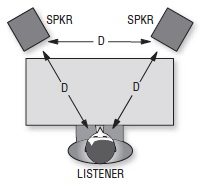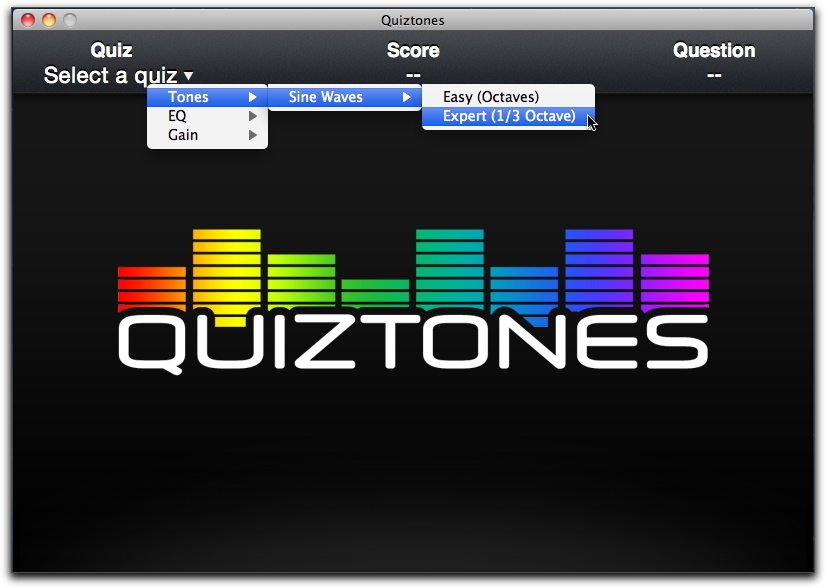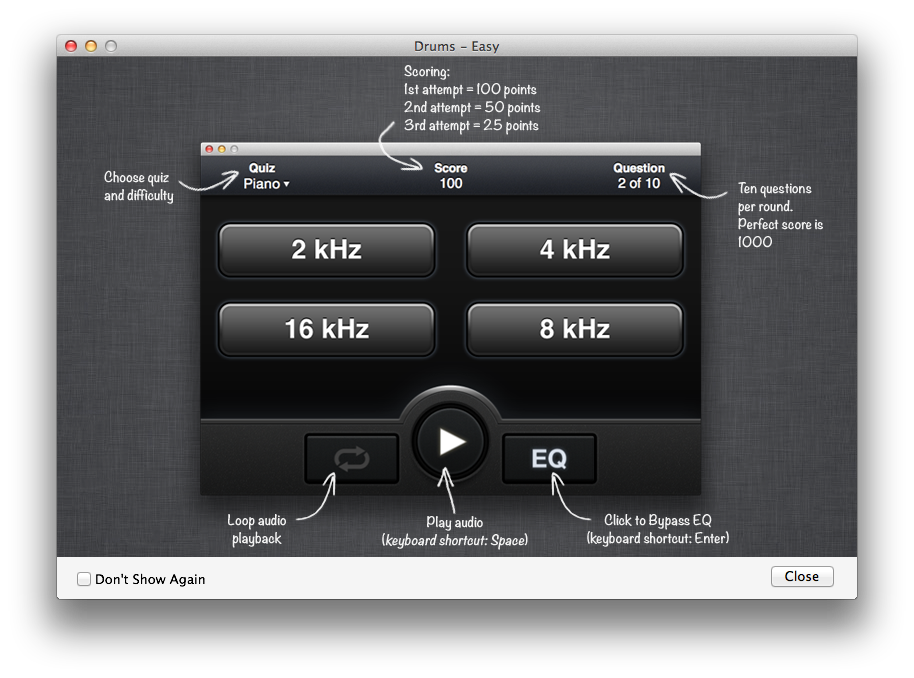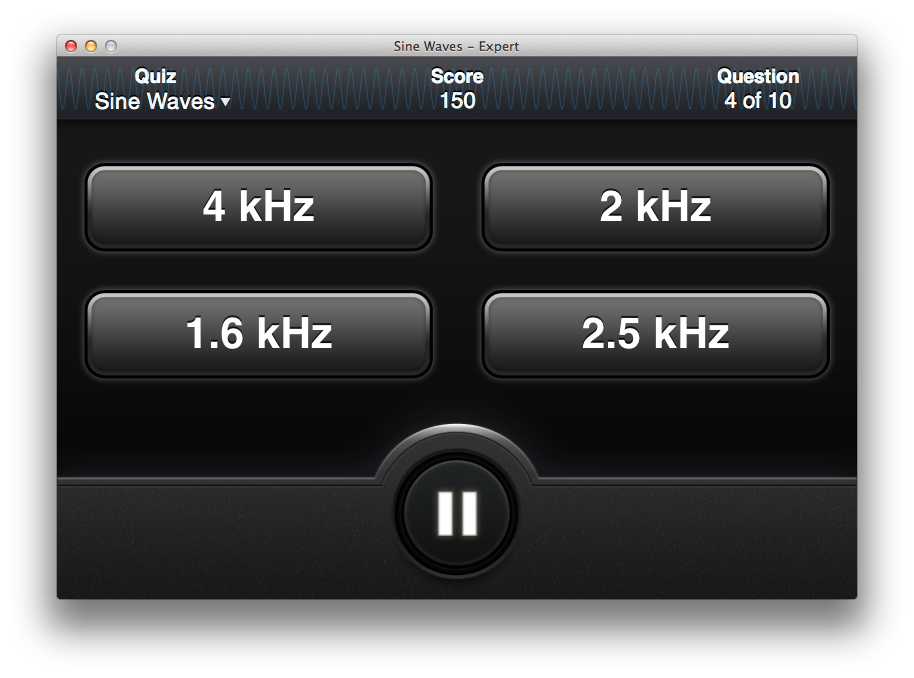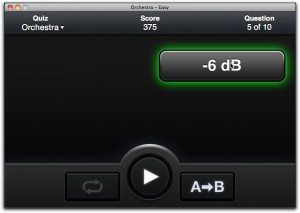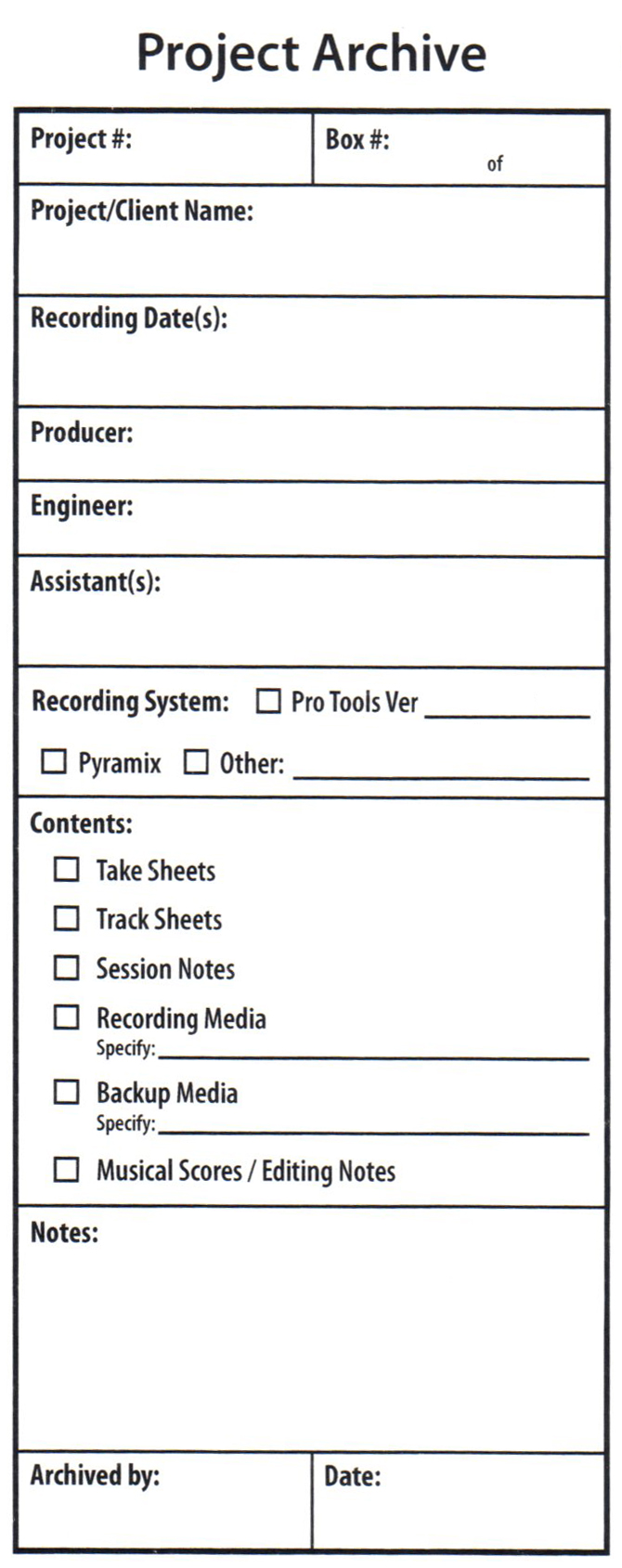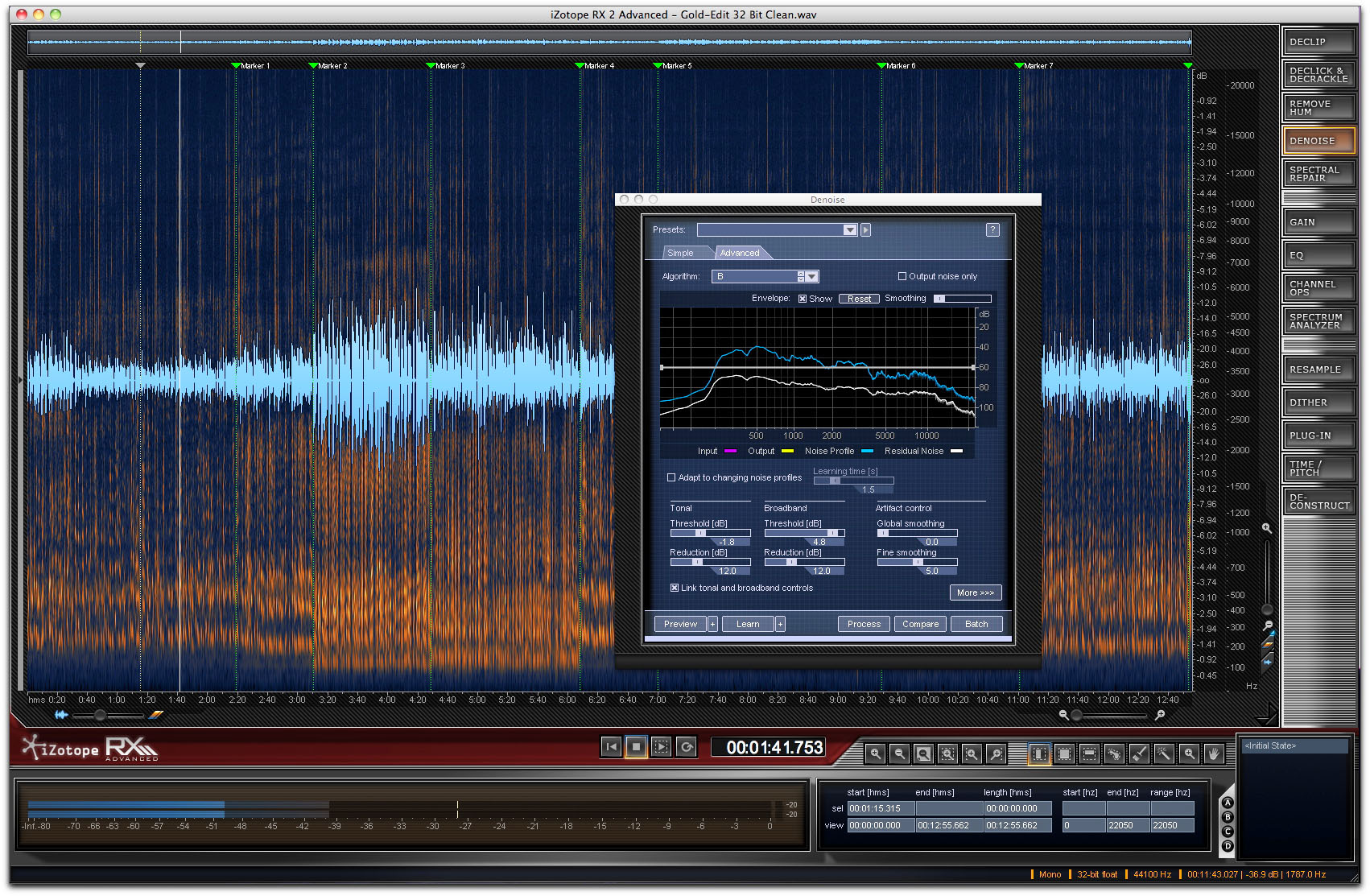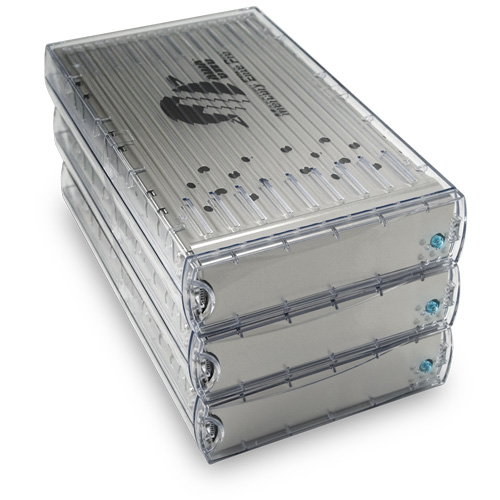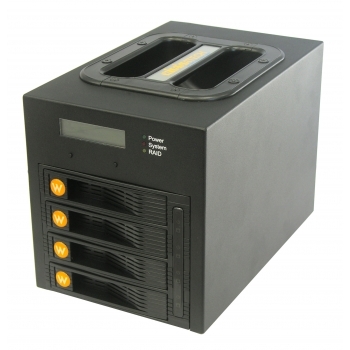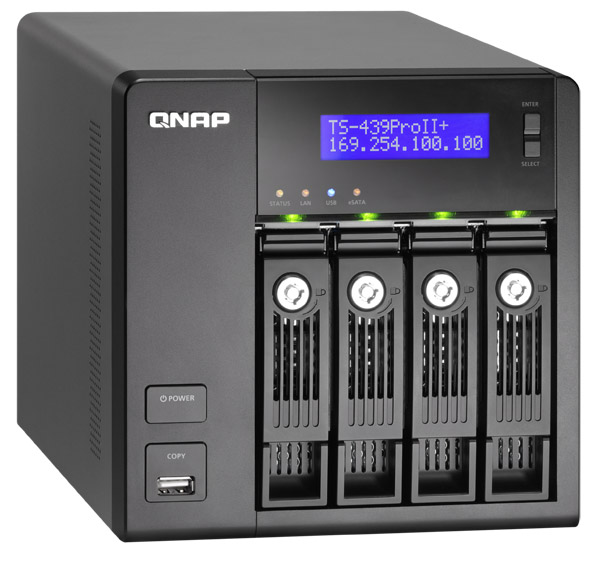With the first day of classes under my belt here at Ohio University, I’m left to reflect upon those who have crossed my path throughout the day. I’m lucky to be working in a school with amazingly supportive faculty, with a tremendous interim Director, and a Dean who’s truly doing great things to grow an already flourishing college. I may sound like I’m gushing, but it’s really great to work with like-minded educators.
I’ve received several questions as to my course load and book selection so this seemed the easiest way to answer those. I’m teaching MDIA 3303 (two sections), MDIA 4903, and working with a group of students on a project to record several aural presentations of astronomers & physicists for radio broadcast. I’m really please with the group of students I’ve met thus far and the classes I’m teaching, so hopefully I’ll be able to share some class projects with you later in the semester. For now, here’s some paperwork and light reading suggestions…
MDIA 3303 – Sound for Moving Image
Required Texts:
David Lewis Yewdall, MPSE. Practical Art of Motion Picture Sound.
Fourth Edition. ISBN: 978-0-240-81240-3
Ric Viers. The Sound Effects Bible: How to Create and Record Hollywood Style
Sound Effects. ISBN-10: 1932907483
Recommended Texts:
SOUNDSCAPE: The School of Sound Lectures 1998-2001
ISBN: 9780956563903
Tomlinson Holman. Sound for Film and Television.
ISBN: 9780240813301
SPARS Timecode Primer.
ISBN: 0-9658309-0-X
David Sonnenschein. Sound Design.
ISBN-10: 0941188264
MDIA 4903 – Field / Location Audio
Required Texts:
Ric Viers. The Location Sound Bible: How to Record Professional Dialog for
Film and TV. ISBN-10: 1615931201
Ric Viers. The Sound Effects Bible: How to Create and Record Hollywood Style
Sound Effects. ISBN-10: 1932907483
Recommended Texts:
Ray Rayburn. Eargle’s The Microphone Book.
ISBN: 9780240820750
General Resources
Image: MDIA Studio B
